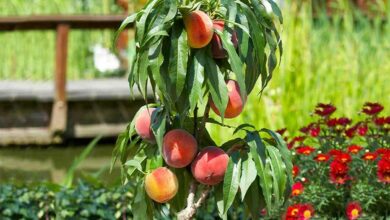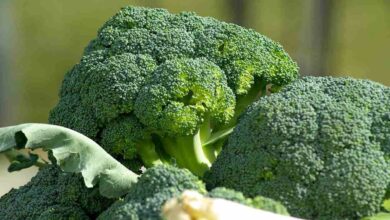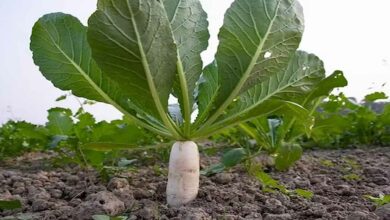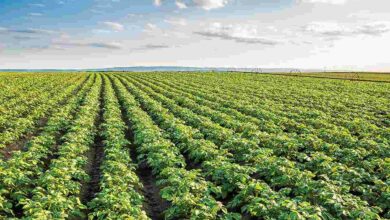Cultivation of Black Urad: Cultivate this crop after harvesting wheat, you will earn a lot in three months
Cultivation of Black Urad: From the perspective of promoting traditional farming and nutrition, the production of Bhatt (black urad) is continuously increasing in the hilly areas of Uttarakhand, especially in districts like Bageshwar. The best time for Bhatt cultivation is considered to be in May or June, which is immediately after the wheat harvest. Bhatt, a traditional pulse, is rapidly gaining demand in both cities and villages. Along with being tasty, it is also rich in minerals and protein.

More income at low cost
Local farmers consider it a crop that gives more profit at low cost. Because there is less water stagnation in it and the roots of Bhatt spread easily, the fields on the slopes of the Himalayas are considered most suitable for this crop. In cultivation, the land is first plowed deeply. Along with this, organic manure is also added. Maintaining the fertility of the soil gives better productivity.
Soaking Bhatt seeds in water a day before sowing increases their germination rate. The seeds are planted in rows at a distance of 25 to 30 cm to give the plants enough space to grow. It does not require much maintenance and very little water is also required. This also benefits small and marginal farmers.
This crop is ready quickly
The Bhatt crop is ready in three to four months. After harvesting, it is used to make pulses, vegetables and Uttarakhand’s famous and healthy traditional dish Bhatt ki Jholi. Due to its good price in both government and private markets, farmers have started using it as a cash crop.
According to agricultural experts, if farmers sow the crop on time and take proper care of it, they can get a good yield per bigha. In this regard, the mountain farmers are once again looking at Bhatt farming as a new ray of hope. By sowing the crop on time, using organic farming methods and combining traditional knowledge, farmers can increase their income. Apart from this, they can also save the tradition of mountain farming.





